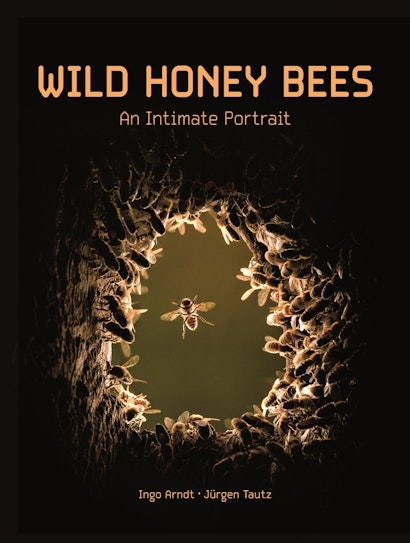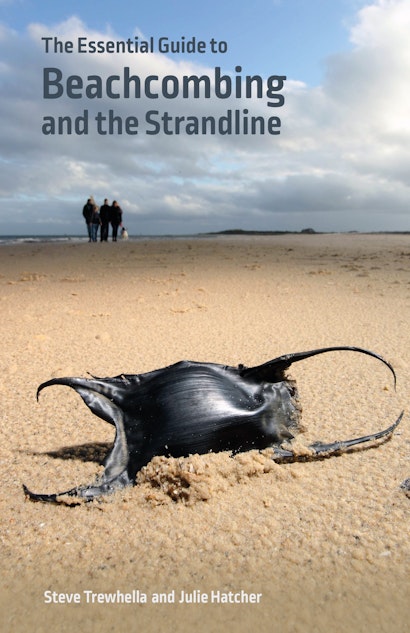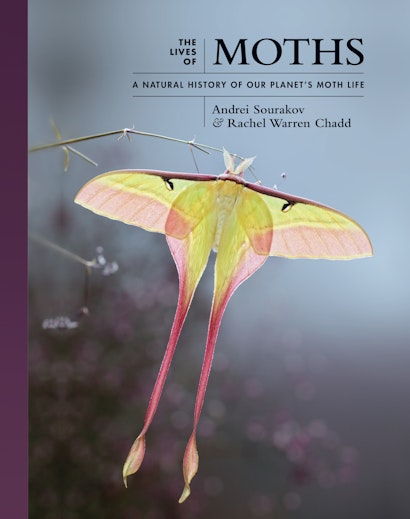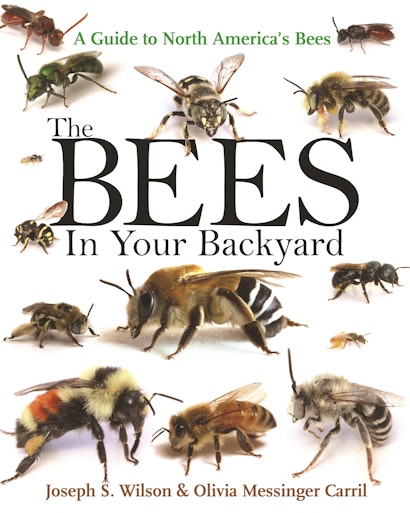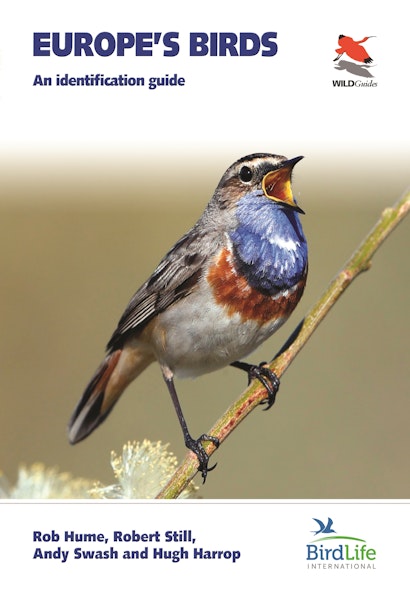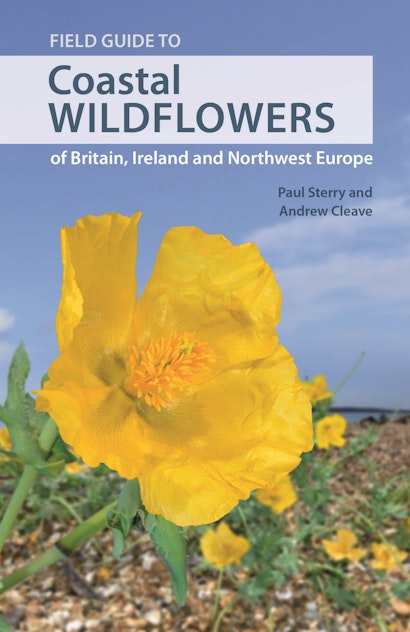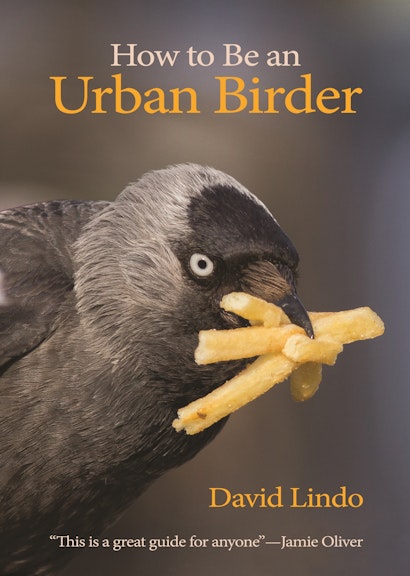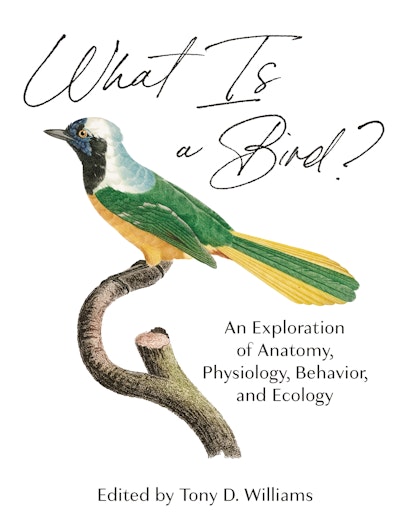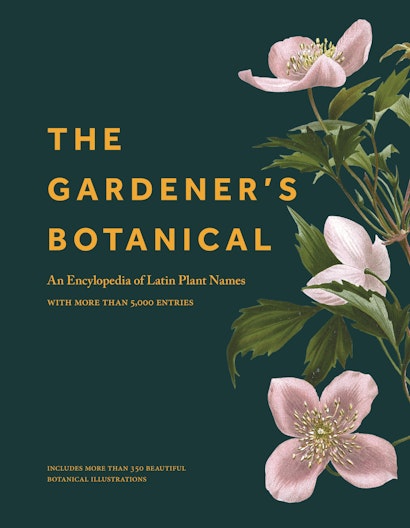The natural world has long been a source of awe. These selections from Princeton Nature inspire the same imagination and wonder as their subjects. Ignite your curiosity and Explore Your World with this wide-ranging list including photographic field guides, how-to books, and much more.
We know fungi are important, for us as well as the environment. But how they live, and what they can do, remains mysterious and surprising. Filled with stunning photographs, The Lives of Fungi presents an inside look into their hidden and extraordinary world.
The honey bee, a key pollinator, is now an endangered species, threatened by human activity and loss of biodiversity. Because of this, understanding forest-dwelling wild honey bees—which are more resistant to diseases and parasites than honey bees kept by beekeepers—is more important than ever before. In this lavishly illustrated book, Ingo Arndt, one of the world’s best wildlife photographers, and Jürgen Tautz, one of the world’s leading bee experts, set out on the trail of wild honey bees, bringing back sensational photographs, some of which document behaviors never captured before, and new scientific insights that promise to revolutionize conservation and beekeeping.
Immerse yourself in the beachcombing experience; the wind in your face, the smell of salt spray, the roar of the ocean; it’s an assault on the senses, the perfect tonic. From time immemorial people have been drawn to the beach to collect practical resources as well as mysterious objects that have fuelled myth and folklore – it is our inherent hunter-gatherer instinct.
Moths are among the most underappreciated insects on the planet, yet they make up the majority of some 180,000 known species of Lepidoptera. Filled with striking images, The Lives of Moths looks at the remarkable world of these amazing and beautiful creatures.
The Bees in Your Backyard provides an engaging introduction to the roughly 4,000 different bee species found in the United States and Canada, dispelling common myths about bees while offering essential tips for telling them apart in the field.
Covering more than 900 species, and illustrated with 4,700 photographs, Europe’s Birds is the most comprehensive, authoritative and ambitious single-volume photographic guide to Europe’s birds ever produced. Easy-to-use, practical and accessible, this guide provides the information necessary for birdwatchers of all abilities to name any bird they see.
The rugged and beautiful coastal regions of Britain and Ireland are among the crowning glories of these islands. Few visitors can fail to marvel at the stunning sight of Cornwall’s clifftops resplendent with flowering Thrift, or be struck by the resilience of plants that thrive on the inhospitable shingle beaches of Dungeness on the coast of Kent. This field guide covers more than 600 species of wildflowers and other coastal flora found in Britain and Ireland, and coastal mainland Northwest Europe.
Urban birding is fast becoming ornithology’s new rock ’n’ roll. Birds and birding have never been cooler—and urban birding is at the cutting edge. How to Be an Urban Birder is the world’s first guide to the art of urban birding—which is so easy and great fun! Here, urban birding pioneer David Lindo tells you everything you need to know about birds and birding in towns and cities in the UK.
There are some 10,000 bird species in existence today, occupying every continent and virtually every habitat on Earth. The variety of bird species is truly astounding, from the tiny bee hummingbird to the large flightless ostrich, making birds one of the most diverse and successful animal groups on the planet. Taking you inside the extraordinary world of birds, What Is a Bird? explores all aspects of these remarkable creatures, providing an up-close look at their morphology, unique internal anatomy and physiology, fascinating and varied behavior, and ecology.
Unlock the secrets of botanical Latin with this beautifully illustrated encyclopedia. The Gardener’s Botanical contains definitions of more than 5,000 plant names—from abbreviatus (“shortened”) to zonatus (“with bands”)—along with more than 350 color illustrations.
Following the Wild Bees is a delightful foray into the pastime of bee hunting, an exhilarating outdoor activity that used to be practiced widely but which few people know about today. Weaving informative discussions of bee biology with colorful anecdotes, personal insights, and beautiful photos, Thomas Seeley describes the history and science behind this lost pastime and how anyone can do it.


